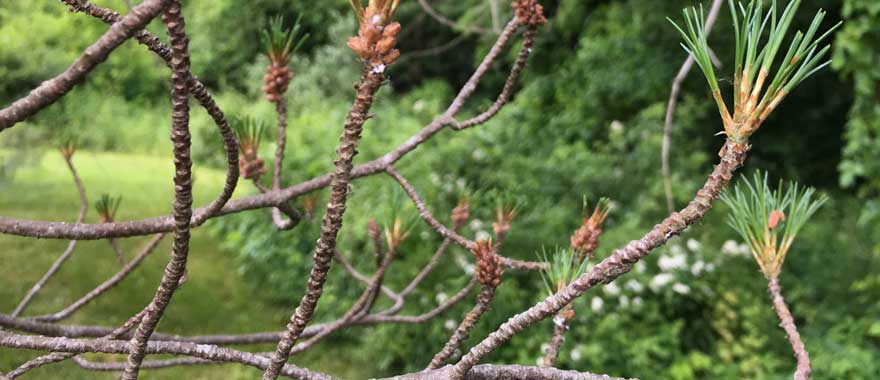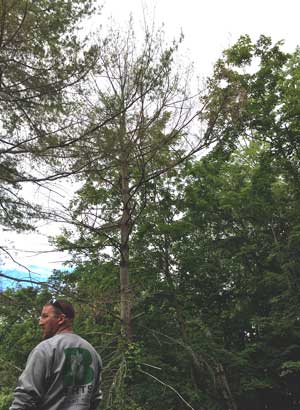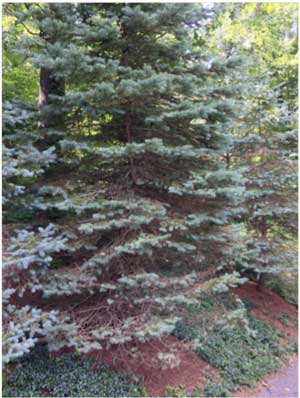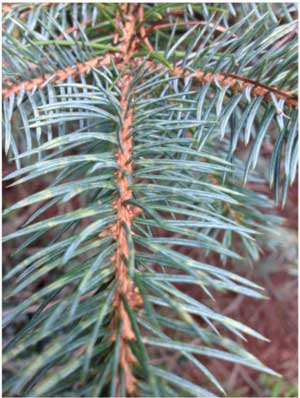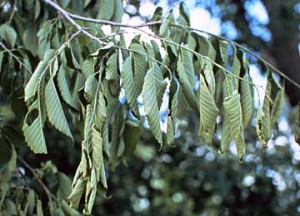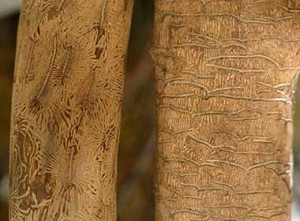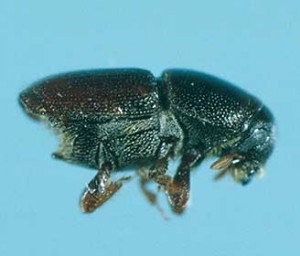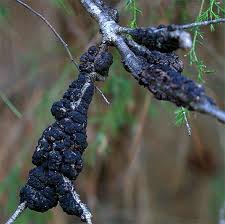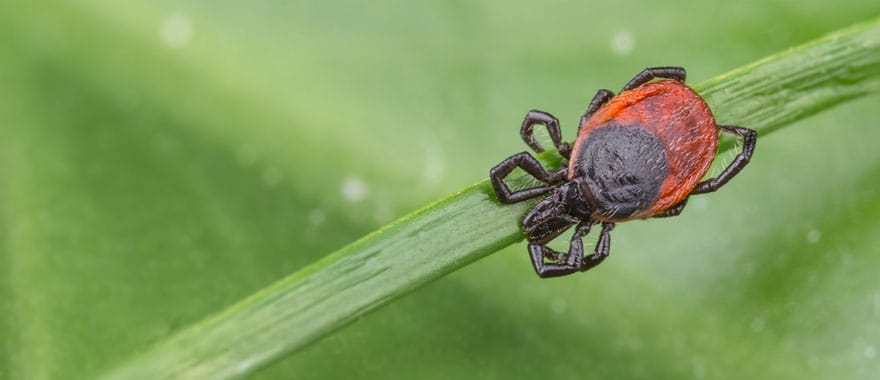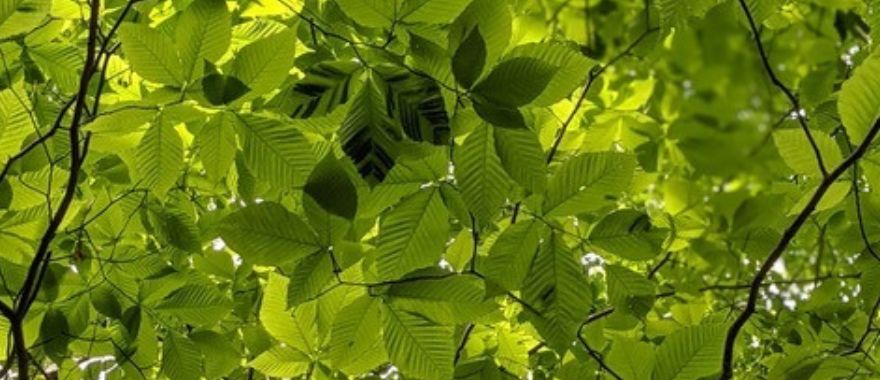
Dark stripes on BLD-infected beech leaves viewed from below.
If your beech tree has dark lines on its leaves, it’s probably suffering from Beech Leaf Disease (BLD).
Since it was first discovered in Ohio in 2012, BLD has quickly spread to other states. Scientists from Connecticut’s Agricultural Experiment Station first verified Beech Leaf Disease near Stamford, Connecticut in 2019.
Beech Leaf Disease is now found on American beech (Fagus grandifolia) throughout Connecticut. Symptoms are most severe in Fairfield, New Haven, Middlesex, and New London Counties.
Learn the most up-to-date news about beech leaf disease in Connecticut, including:
- How to recognize beech leaf disease,
- Which types of beech tree this disease affects,
- What causes BLD,
- Treatment options (hint: there currently aren’t any),
- Preventing beech leaf disease, and
- What to do if you spot signs of beech leaf disease on your trees.
Not sure if you have beech trees on your property? Check this beech tree identification guide.
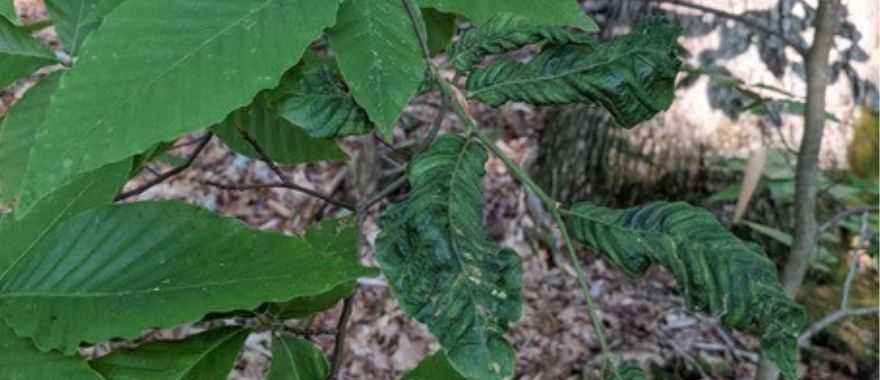
Dark, curling, and deformed leaves are a symptom of Beech Leaf Disease.
Symptoms of Beech Leaf Disease
While some aspects of Beech Leaf Disease may look similar to other tree problems, there are distinct symptoms that clearly identify the issue as BLD. If you notice any of the following symptoms, call a Certified Arborist for a tree inspection and diagnosis.
- Dark stripes on leaves – Beech leaf disease is best identified by bands of dark green tissue between the leaf veins. Stand under your tree and look up at the tree canopy; if any bands are present on the leaves, they’ll be more easily seen that way.
- Thicker leaves – Infected leaves (those with dark stripes) tend to become thicker and have a leather-like consistency.
- Curling leaves – Beech tree leaves may also begin to curl as the disease progresses.
- Stunted leaf buds – As new growth emerges in spring, the buds will be smaller and have a yellowish tinge.
- Smaller leaves – New leaves on affected trees tend to be significantly smaller than the previous leaves.
- Branch and tip dieback – Smaller branches start to die from the tip.
- Canopy thinning – The striped, curling leaves will eventually drop, and fewer new leaves will grow. All of these things lead to the entire tree canopy appearing thinner and less dense.
- Dying trees – Young trees typically die from beech leaf disease within two to five years of becoming infected. Larger trees may survive up to six years.
Beech Leaf Disease often spreads from the base of a tree’s crown to its top, but there is no consistent pattern.
You may see healthy leaves interspersed with mildly or severely diseased leaves on the same twig or branch anywhere on a beech tree. It can be hard to spot Beech Leaf Disease in a large tree’s crown if there are only a few scattered areas of leaf damage showing.
Symptoms observed in foliage this year are the result of an infection that started last year. In autumn, nematodes migrate from infected foliage into nearby buds, where they overwinter and reproduce. When buds start to grow in spring, they’re already damaged, leading to stunted growth and smaller leaves.
BLD Has Worsened in CT in 2022
Symptoms of BLD have been particularly severe this year. Many leaves didn’t sprout at all, and the leaves that did grow were so damaged that they almost look waterlogged. We’ve seen leaves starting to fall as early as June. What’s been especially shocking is the impact on large trees – some have just a quarter of the canopy they usually have.
Beech Bark Disease Makes Trees More Susceptible to BLD
Many older beech trees are already impacted by another serious disease, called beech bark disease.
This unusual disease is caused by a combination of a scale insect that feeds on beech trees and a native fungus that ultimately kills the tree. The insect wounds the bark while feeding, leaving an entry point for the fungus. Over time, the combination results in extensive areas of dead bark and eventually kills the tree.
Researchers believe that bark disease weakens beech trees and makes them more susceptible to severe effects caused by beech leaf disease.
Types of Beech Trees Affected by BLD
Beech leaf disease currently only affects beech trees, but it impacts all varieties, including:
- American beech (Fagus grandifolia),
- European beech (Fagus sylvatica), including the ornamental copper or purple beech, and
- Oriental beech (Fagus orientalis).
According to the U.S. Forest Service’s inventory data (from January 2021), the American beech is the third most abundant tree species in Connecticut, after red maple and black birch. Beech trees are found in just over 40 percent of the state’s forested lands and researchers estimate that Connecticut has about 57 million beech trees in total. Given the high mortality rate of BLD-infected trees, we could be facing a huge die-off that will completely change the makeup of our native forests.

Dark stripes on beech leaves are a sign of beech leaf disease. Image courtesy of Dr. Robert E. Marra, Connecticut Agricultural Experiment Station.
Causes of Beech Leaf Disease
Beech leaf disease is caused by a foliar nematode (microscopic worm) called Litylenchus crenatae subsp. mccannii.
Researchers aren’t entirely certain how the nematode spreads, but it does travel on water. It’s possible that frequent or heavy rains allow the nematodes to spread more easily, leading to more widespread and severe effects the following year.
Beech Leaf Disease has been found on isolated islands, such as Fishers Island 2 miles off the Connecticut coast. As a result, scientists speculate that the nematodes may also be carried by birds.
Beech Leaf Disease Treatment Options
As of the writing of this article, there is no treatment for beech leaf disease. Different treatment methods are being tested but nothing has yet been proven effective.
The one option that shows some promise involves treatments with a phosphonate-based product. However, it’s not a matter of treating your beech tree once and thinking it’ll be protected. Because BLD is widespread in forests, the nematode that causes the disease will continuously affect landscape trees – even those that have received treatment. This means that controlling the disease on your property will require ongoing, long-term treatment.
The tree care professionals at Barts Tree Service are monitoring the news about this and other tree issues. We’ll keep you posted about any new BLD treatments and will offer treatments that have been proven effective as soon as they become available.
Call us to schedule an inspection and to learn the latest updates on beech leaf disease in the Fairfield County and Litchfield County areas.
Preventing Beech Leaf Disease
Until there is a proven treatment for beech leaf disease, your best bet is to focus on prevention.
Keep Your Trees Healthy
Pests and diseases are more likely to attack trees that are already stressed. Proper maintenance, watering, and pruning can all help to keep your beech trees healthy.
Adding organic mulch around your trees can also protect them. Plus, it will add nutrients to the soil, as long as the mulch is applied correctly.
Fertilization may also benefit any trees that need a little extra TLC.
Check Your Beech Trees Regularly
Periodically check your beech trees for any symptoms of beech leaf disease.
Beech trees can suffer from other issues, such as beech bark disease, so it’s important to promptly treat any destructive pests or diseases on your trees.
Contact Barts Tree Service
With the many tree pests and diseases prevalent in our area, it can be difficult to tell what’s affecting your trees.
That’s why we offer professional pest and disease diagnosis through our consultations and tree health management services.
Trees are a valuable resource and we want to help you keep yours healthy and strong!
Contact us today to request your professional tree evaluation.
